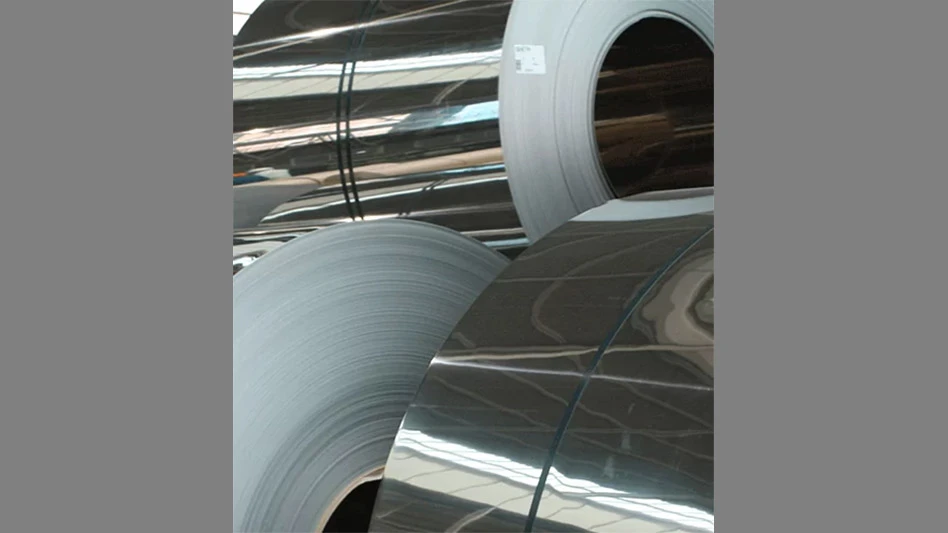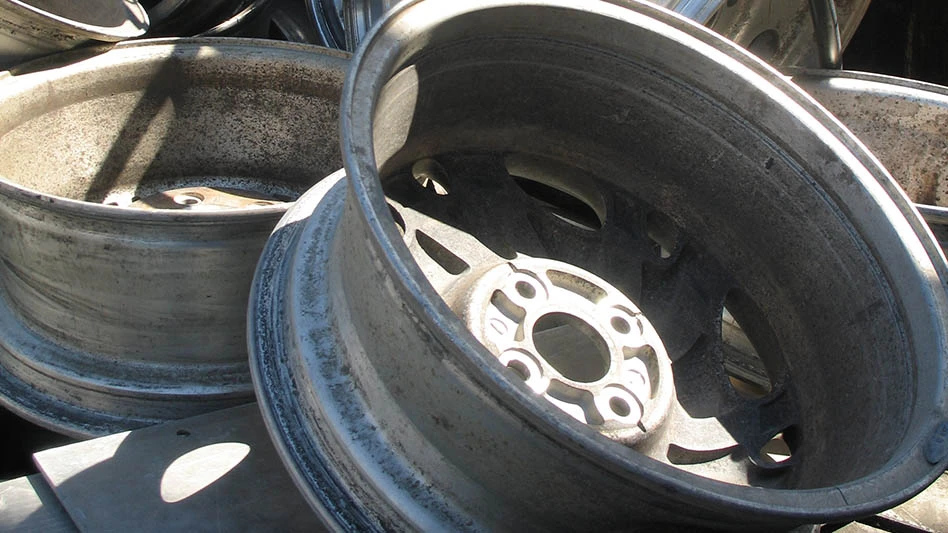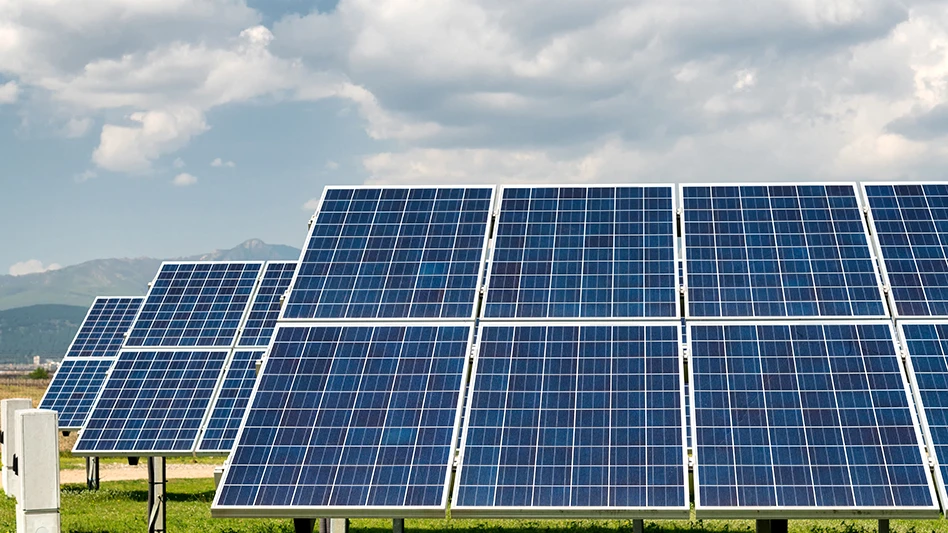
August 2018 has kept nonferrous scrap traders in the United States and their customers in China scrambling to keep up with regulatory events, thanks this time to hastily introduced tariffs imposed by the People’s Republic of China (PRC).
In the first week of August, the PRC government announced its intention to begin imposing tariffs of 25 percent on certain U.S. goods, including scrap, starting Aug. 23. That date was selected in response to the office of the U.S. Trade Representative (USTR) publishing its list of $16 billion in Chinese goods subject to a 25 percent tariff rate starting on that same date.
According to the Institute of Scrap Recycling Industries (ISRI), Washington, the 25 percent tariff applies to paper, plastic and several types of metal scrap, including ferrous, copper, aluminum and nickel-bearing scrap.
The two-week phase-in left shippers in the U.S. and their customers in China scrambling to divert containers to non-PRC destinations, including Hong Kong, Taiwan and the ASEAN (Association of Southeast Asian Nations) region. Those shifts, however, are reportedly coming not only with added freight costs, but also include agreements to sell the scrap at lower prices.
The difficult situation has not been helped by clogged ports and anti-scrap import measures recently taken by several ASEAN countries.
Plastics recyclers in the U.S. have shipped dwindling amounts to China since that nation’s initial import restrictions in 2017. Paper recyclers have continued some shipments, though not of the once common mixed paper grade. For U.S. nonferrous recyclers—and their customers in the PRC—the tariff marks one more barrier in what has been an obstacle course the previous 18 months.
Conversations with nonferrous traders and nonferrous scrap processors and consumers in China show they have adopted a variety of responses to the 2017 and 2018 trade and regulatory turbulence.
In the case of the U.S.-specific tariffs, some buyers acknowledge having shifted their attention to the European and Australian scrap markets. Veteran Hong Kong-based scrap trader Michael Lion of Everwell Resources Ltd. says this may not be a cure-all for China-based processors and scrap consumers.
Lion says binge buying of European scrap may be “more restrained than might be expected,” noting, “there remains the specter of environmental and quality issues as a distinct inhibitor to shipments to China” from Europe.
In some European nations, protectionism could also kick in, Lion says. “In the event of significant red metal units being drawn away from European consumers, this may encourage greater efforts (always a background factor even before this) to urge restraint by the EU authorities.” Efforts to restrict scrap exports might be “under the guise of environmental grounds, though in reality motivated by the consumers for commercial reasons,” he states.
In the short-term, Lion says, “There is little doubt that improved spreads for European (as well as Australasian, Middle East and Southeast Asian) red metal scrap to lure material to China in substitution for unavailable U.S. units is [a] probability.”
For scrap sellers and buyers, concludes Lion, “The situation is, as I’ve long expressed, highly disruptive and a potentially constantly unpredictably shifting scenario.”
The ongoing difficulty of trade and inspection turmoil has caused China-based scrap buyers to react in several different ways:
- When (seemingly unattainable) copper scrap quality measures were introduced, one copper producer in eastern China switched to buying cathode.
- A sizable South China scrap metal processor has set up shop in Malaysia, as have many of his competitors.
- A China-based secondary aluminum producer acknowledges his output in China likely has peaked and he is pursuing growth opportunities in the ASEAN region and in North America.
- A sizable red metals processor based in northern China, who was a late holdout to scouting for an offshore location, indicates the 25 percent tariff on U.S. scrap is a last straw and he too has begun visiting other nations to consider geographically diversifying his company.
- In response to quality measures, some processors and secondary metals producers had quickly set up small sorting facilities in Hong Kong and Taiwan. These facilities now also serve as transshipment points that may help them avoid the tariff; one processor has even found a new home in Japan, where the labor market may be difficult, but he says he enjoys the regulatory predictability.
After the August scramble to divert materials sent from the U.S., the September market may provide some indicators of how or if processors and secondary metals producers based in the PRC can stay with their long-time business models. Shifting their buying focus to Europe is likely to be one tactic, but the entrepreneurial class in China also is demonstrating a desire to flee the unpredictable regulatory climate in the People’s Republic.
Latest from Recycling Today
- Gränges boosts profits and sales volume in Q1 2025
- RMDAS April figures show recycled steel price setback
- Steer World offers PEX plastic recycling machine
- New recycling grant program launches in Massachusetts
- Tire Recycling Foundation names executive director
- Dock 7 named 2025 Exporter of the Year at New Jersey International Trade Awards
- Waste Connections reports ‘better than expected’ Q1 results
- Commentary: How EPR is transforming the packaging industry





